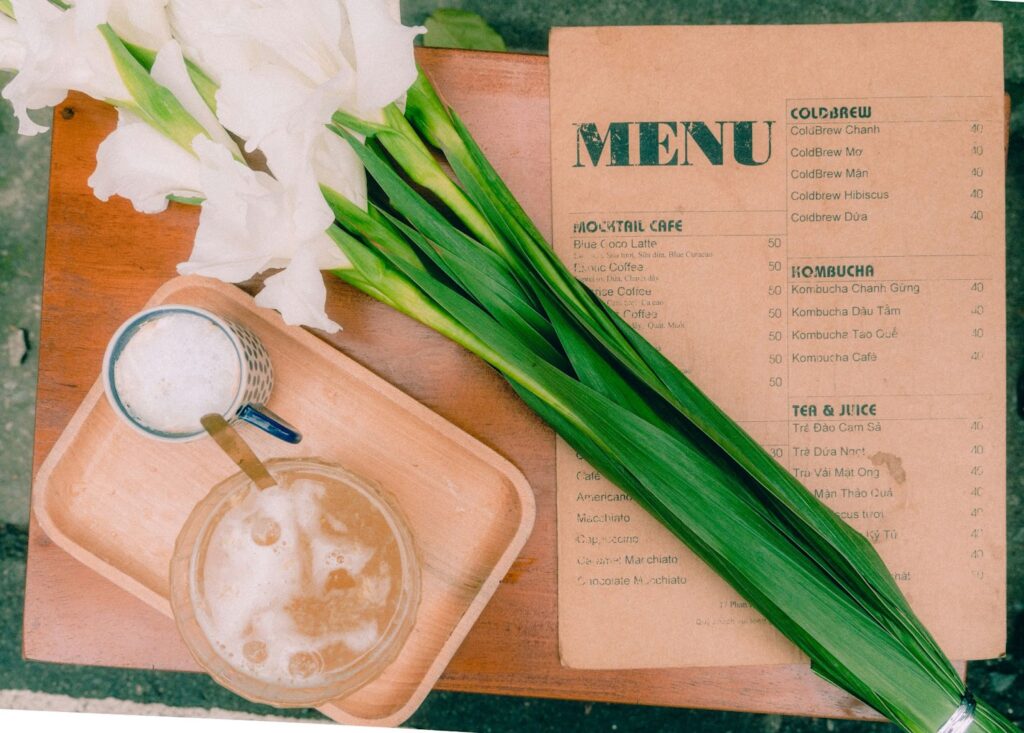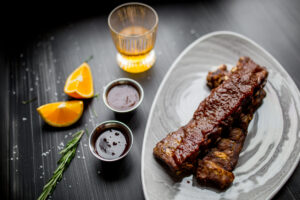We’ve helped restaurants across the country design smarter menus that increase check averages, improve guest trust, and highlight what matters most. Behind every layout decision, font choice, or dish description is one thing: psychology.
Here’s how it works.
Start With the Data
Before you redesign anything, pull your Product Mix. Understanding what’s selling (and what isn’t) gives you a foundation. Then ask: Are you covering a range of price points? Can someone come in and spend a lower amount on a full meal and beverage, or splurge on a higher-end plate?
Order Matters, Literally
Menu placement impacts what people notice first. High-performing items (and high-profit ones) should sit in prime real estate: the top-right corner or the first and last spots in a section. Want to increase check averages by highlighting starters and desserts? Put these lists in focused areas with borders around them. This entices guests to order more than just an entree.
Psychology of Pricing
The old $19.99 trick? It still creates a sense of value, but more diners are catching on. Many restaurants now round to whole numbers for a more honest, upscale feel. The key is knowing your customer base—and how they perceive pricing tactics.
Highlight What’s New (And What’s Profitable)
We recommend using subtle design cues like different fonts, colors, or a “NEW” label to call out new items. This helps loyal customers find something fresh, and it guides first-timers toward what you want them to try. Bonus points if that new item is also high-margin.
Bundle It Up
Combo plates are another great way to raise check averages while giving guests more perceived value. Instead of selling a single skewer, offer a plate with two sides. It feels like a deal—and adds dollars to the sale.
Use Descriptions That Do the Work
Words matter. Don’t just write “lamb skewer.” Say “New Zealand lamb skewer.” Don’t just say “cheese”—say “imported feta from Greece.” Good descriptions transport diners and justify the price.
Accommodate Dietary Needs (And Build Trust)
Nothing turns off a guest faster than vague or missing dietary info. Clearly mark gluten-free, vegan, or allergen-containing items. This is helpful and also builds trust. If your menu makes someone with a dietary restriction feel safe, they’re more likely to become a regular.
Seasonal Menus Keep Things Fresh
Even if your core menu stays the same, rotating seasonal specials on a featured menu helps keep loyal guests excited and allows you to test out dishes to see if they become popular and should become permanent.
At the end of the day, a menu is a selling tool. A trust signal. A first impression and a lasting memory. If you’re ready to level up your design, layout, or language, let’s talk. Because the right menu strategy can help your business thrive.







